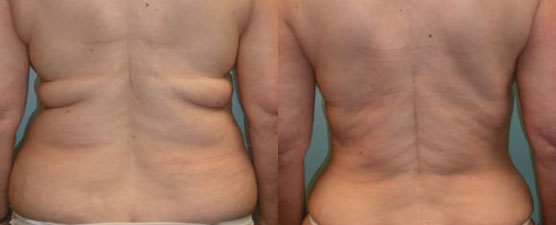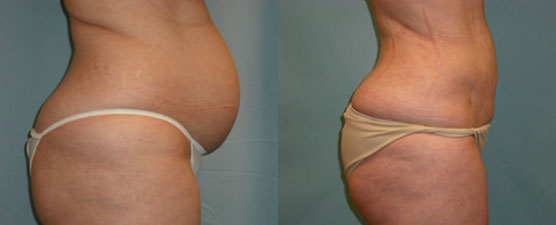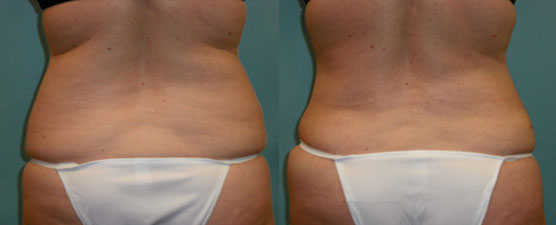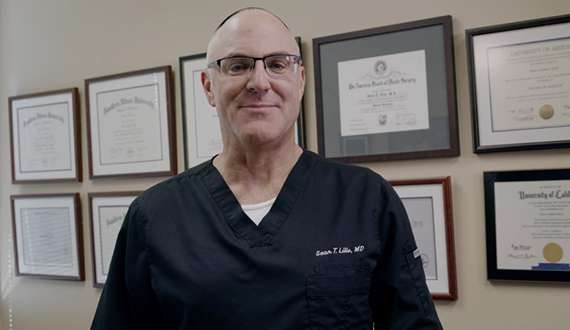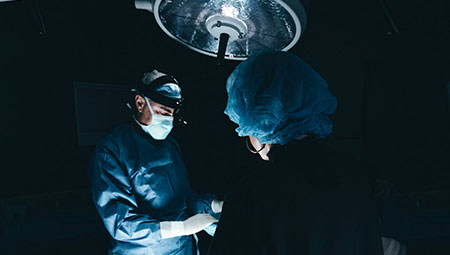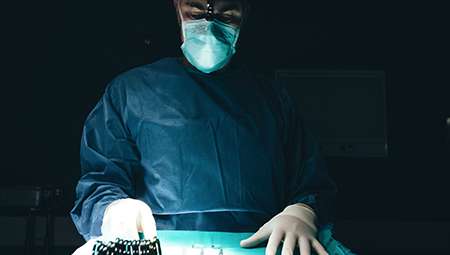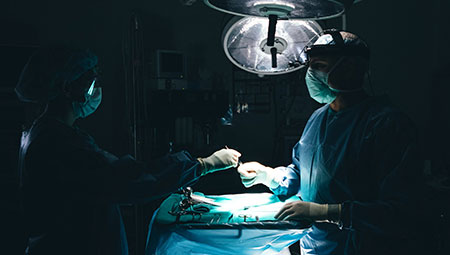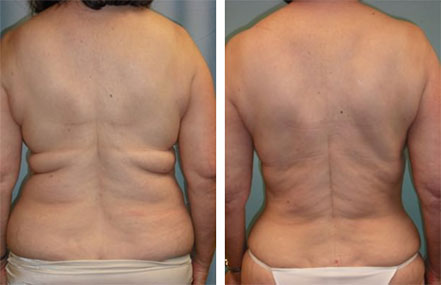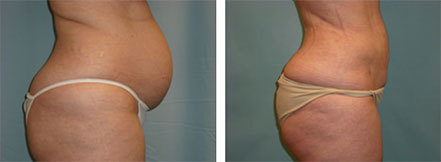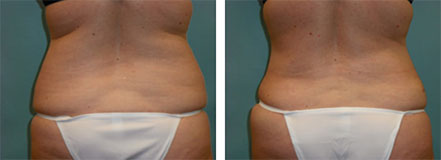What does liposuction accomplish?
Liposuction removes excess fat cells to contour and shape the body. The fat cells that are removed are permanently gone.
Who are the ideal candidates for liposuction?
Ideal candidates are those patients that have good skin quality, without stretch marks and have areas of excess fat that are resistant to diet and exercise.
Will I lose weight with liposuction?
Not really, fat does not weigh a lot, it is however, bulky. Liposuction contours those bulky areas and shapes the body. For those people that have excess weight, diet and exercise or medically supervised program can be an alternative, but cannot offer the shaping that lipo-sculpting provides.
Are all patients that have areas resistant to diet good candidates for liposuction?
No. Those patients that have fat areas with overlying skin that is weak with stretch marks are not good candidates because liposuction does not significantly impact lax skin. Although Dr. Lille uses the Vaser instrumentation which can help skin tighten. The amount is dependent, however, on the patient’s current skin elasticity and collagen damage.
How long is the recovery with liposuction?
The recovery for liposuction can vary depending upon the number of areas contoured. Generally speaking, recovery can be anywhere from 3-7 days before returning to work and 12-14 days before returning to the gym
When can I expect my final result?
Generally speaking, all of the swelling; as well as, overlying skin contracture should take place approximately nine months after the surgery.
How big are the incisions?
Liposuction incisions are relatively small, essentially about the width of the tip of your finger and are very well camouflaged. Some of the incision sites are left open to facilitate drainage which usually occurs in the first 24-48 hours following the liposuction procedure. This allows faster resolution of swelling and a quicker recovery.
What is the latest technology for liposuction?
Dr. Lille uses Vaser liposelection which is the most advanced form of ultrasonic liposuction. The Vaser directly sends ultrasonic wavelength energy to the fat cells and emulsifies or liquefies the fat. This energy, unlike the more traditional ultrasonic energy, does not damage the surrounding components of the tissue matrix like nerves, arteries, veins and deep tissue connective bands. The Vaser energy, when used correctly, helps promote increased contraction of the overlying skin and can be very helpful in small areas of refined contouring; such as, the knees, axillary areas and very small areas that require the highest element of refined contouring. The Vaser cannulas are also smaller than the more traditional cannulas for contouring. The other advanced technology is called SmartLipo that uses laser energy compared to the ultrasonic energy which Dr. Lille utilizes. Laser energy, in Dr. Lille’s opinion, takes longer and has a greater potential risk of a burn injury.
Can the fat that is removed by liposuction be used for something else?
Yes, the fat removed by liposuction can be used and transferred to other areas of your body that require volume enhancement such as the face. In addition, the fat removed can also be stored in a cryogenic bank and be used as a stem cell bank for future stem cell therapy such as organ regeneration.
What are the risks of liposuction?
Liposuction, as with any procedure, has risks such as bleeding, infection, scarring, unsatisfactory results, contour irregularities, burn wounds, or damage to deep underlying structures. Dr. Lille, in his extensive patient outcome studies, has a complication rate of less than 0.5% in his liposuction cases.
If I have an area that not only has fat but also very loose skin and liposuction is not a viable option, what additional options are available?
During a consultation regarding liposuction in Scottsdale, all viable options will be discussed by Dr. Lille with each patient and will be individually tailored to the needs of that patient. Often times when patients have excess skin, a skin reducing surgery will be suggested. The benefits and drawbacks of each option and procedure will be fully discussed candidly so the patient can make the best informed decision.
